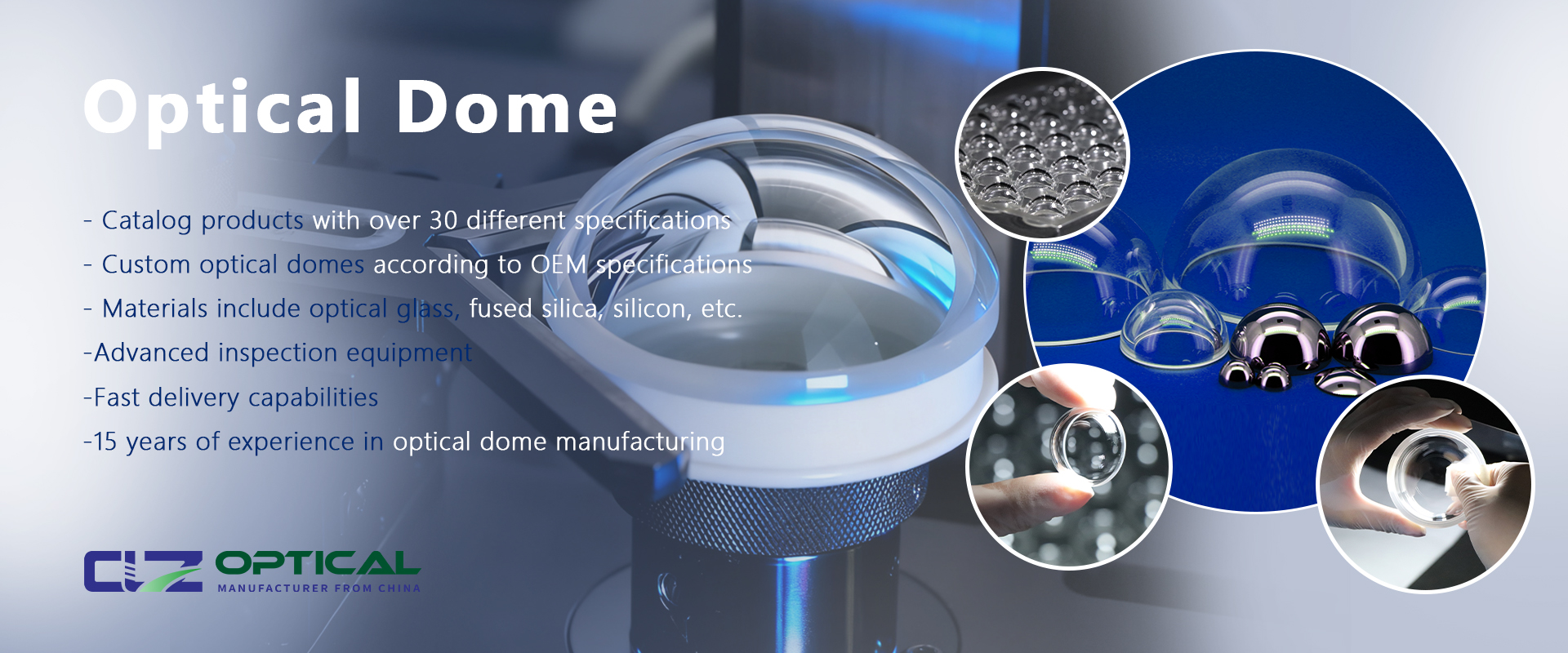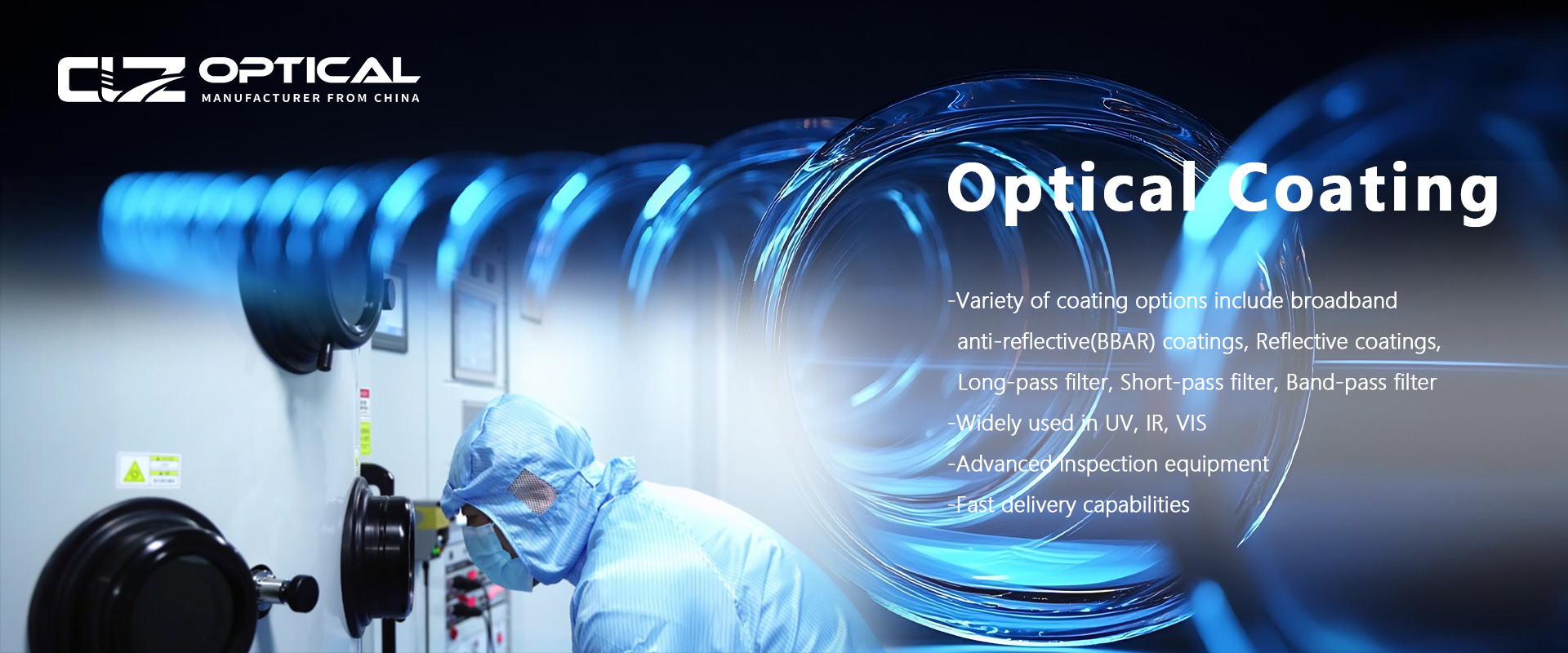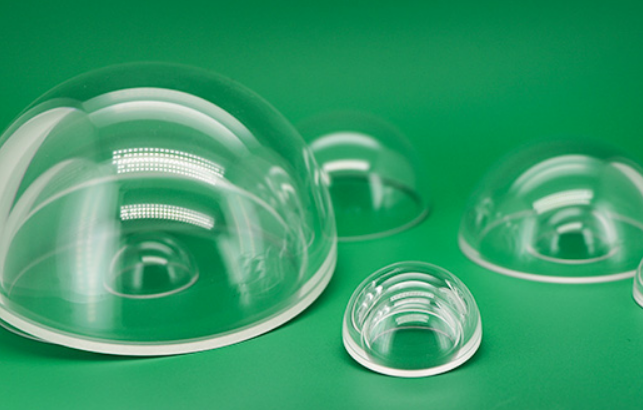How to Design and Select an Optical Dome
Sep. 13, 2024
An optical dome is a transparent, protective enclosure designed to safeguard optical instruments and sensors from environmental conditions, while allowing light or electromagnetic waves to pass through with minimal distortion.
An optical dome is a transparent, protective enclosure designed to shield optical instruments and sensors from environmental conditions while enabling light or electromagnetic waves to pass through with minimal distortion. Commonly used in applications like underwater cameras, surveillance systems, environmental monitoring devices, and aerospace or satellite cameras, these domes ensure both protection and optimal performance of the instruments.
The shape of an optical dome, often hemispherical, is designed to minimize optical aberrations while providing protection for the lens or sensor against dust, water, pressure, and other external factors.
Optical domes can be made from various materials such as glass, acrylic, and other transparent substances. The choice of material depends on factors like transparency, pressure resistance, and optical properties to meet the specific needs of the application.
Designing an optical dome involves several critical factors to ensure it meets performance requirements for its intended use. This process combines materials science, optical engineering, and environmental considerations to enhance the dome’s functionality and durability. Key design considerations include:
1. Material Selection
– Optical Clarity: Select materials with high transparency in the relevant wavelength range to reduce light absorption and scattering.
– Material Strength: Ensure the material has adequate mechanical strength and toughness, especially for domes used in high-pressure environments such as deep-sea applications.
– Environmental Resistance: Choose materials that resist degradation from UV exposure, chemical corrosion, and extreme temperatures.
– Thermal Expansion: Ensure the thermal expansion coefficient of the dome material matches that of the housing to prevent stress and potential cracking due to temperature fluctuations.
2. Dome Geometry and Thickness
– Shape Optimization: A hemispherical shape is often used to minimize optical aberrations, though adjustments may be made to the geometry to meet specific optical performance needs or to reduce drag in fluid environments.
– Thickness Distribution: While uniform thickness generally helps maintain optical performance, varying the thickness can be beneficial for optimizing mechanical strength without significantly affecting optical clarity.
Reduced Optical Aberrations: Submersible dome windows help mitigate defocus and spherical aberrations commonly seen with thick, flat windows in underwater environments.
Reduced Chromatic Aberrations: Underwater domes also exhibit less chromatic aberration at the edges of the field of view compared to flat windows.
An ideal dome would be "invisible," having no effect on light passing through it. While true invisibility is impossible due to the change in refractive index between the dome and the surrounding medium, the optical effects of a dome can be minimized by controlling the following parameters:
- Thickness: Reducing the distance between the inner and outer surfaces of the dome minimizes the amount of material light passes through, thus reducing the dome’s optical impact.
- Refractive Index: Choosing an optimal refractive index for the dome minimizes the impact on rays traveling from the outside to the inside of the dome.
- Centration: Ensuring that the dome’s surfaces are concentric prevents variations in thickness that could cause the dome to function as a lens.
- Pupil Position: Since the dome does affect optical performance, it’s crucial to design the optical system so that the entrance pupil is positioned at the center of curvature of the dome surfaces for optimal performance.
3. Optical Coatings
– Anti-Reflective Coatings: Apply anti-reflective coatings to minimize reflections and enhance light transmission through the dome.
– Protective Coatings: Use hydrophobic coatings to repel water, ensuring clear vision in wet environments, and scratch-resistant coatings to protect the surface from damage.
4. Mechanical Integration
– Mounting and Sealing: Design the dome to ensure a secure fit within its housing, incorporating effective sealing methods to protect against water ingress and environmental conditions.
– Stress Distribution: Assess stress distribution under operational conditions using finite element analysis (FEA) to ensure the dome can endure expected loads without failure.
5. Thermal and Environmental Considerations
– Temperature Effects: Assess how temperature fluctuations impact the dome material and its optical properties, ensuring consistent performance throughout its operational temperature range.
– Pressure Resistance: For underwater or aerospace applications, verify that the dome can withstand external pressures without significant deformation that could affect optical performance.
6. Manufacturing Process
– Manufacturing Methods: Factor in the manufacturing process, such as molding or machining, during the design phase to ensure efficient production without compromising quality.
– Defect Management: Address potential manufacturing defects, such as inclusions, bubbles, or surface imperfections, that could impact optical quality.
7. Testing and Validation
– Optical Testing: Conduct thorough testing to ensure the dome meets all optical specifications, including light transmission, distortion, and aberration criteria.
– Environmental and Durability Testing: Evaluate the dome under simulated operational conditions to gauge its durability and resistance to environmental stressors.
By carefully addressing these considerations, Optical designers can develop optical domes that meet the stringent requirements of their applications, ensuring optimal performance and durability. Optimizing the optical design of a system that includes a dome requires a very clear understanding of the application of the system, the material properties of glasses and acrylics, and the unique optical effects of dome windows.






















